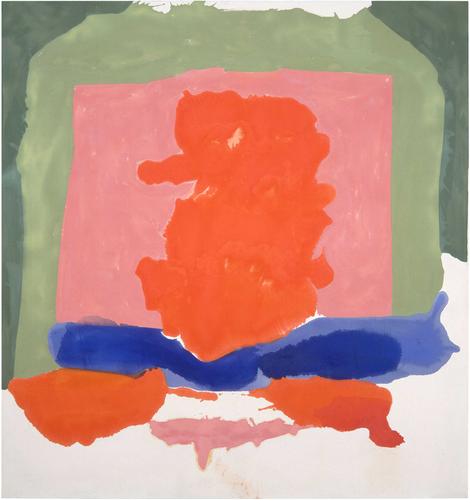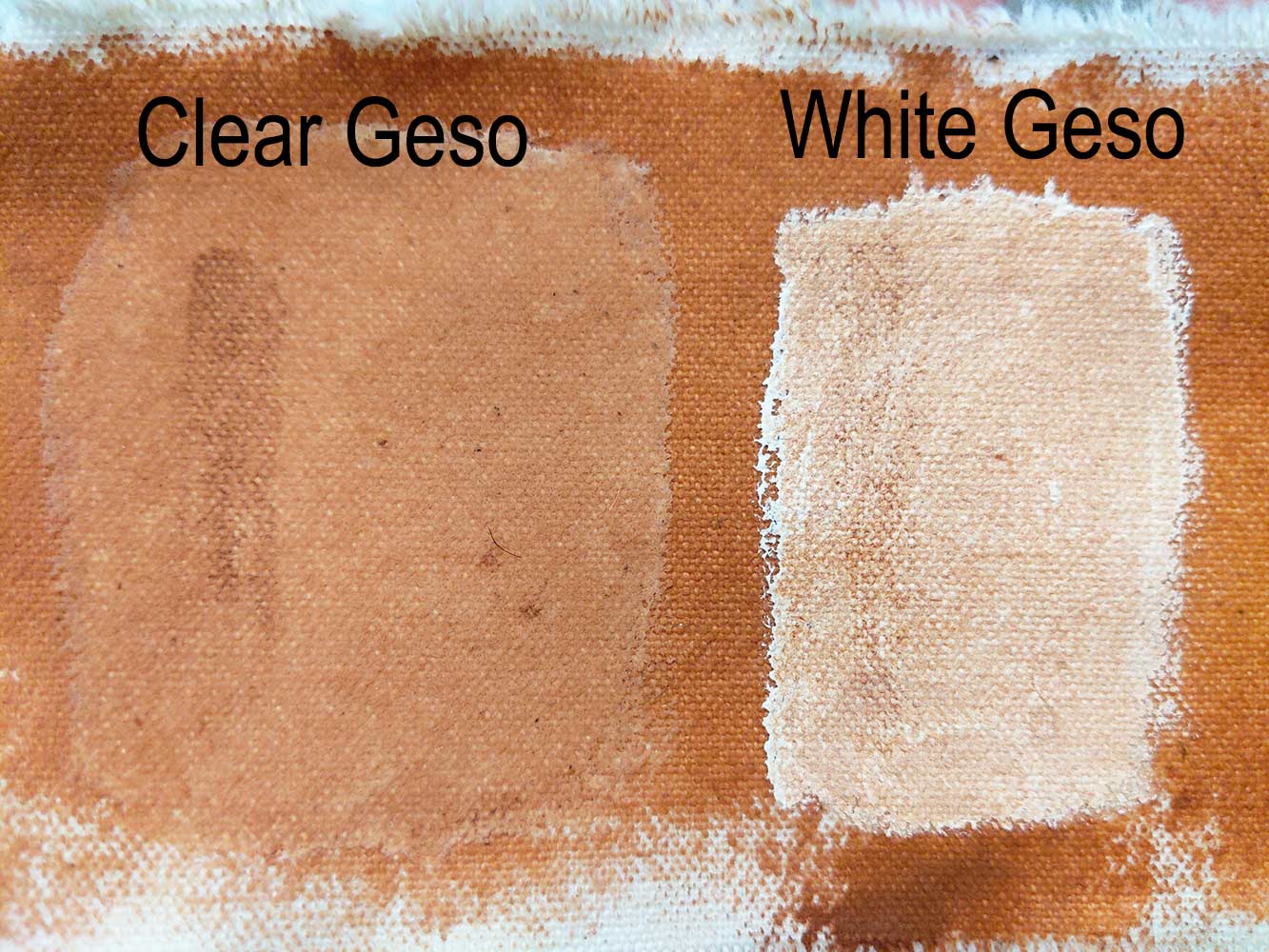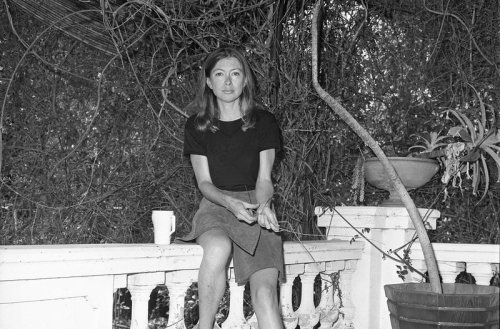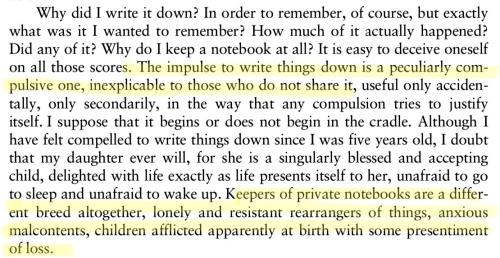To pull back, physically and metaphorically. To stretch the fiber. To hold in place and hold my breath. To create the space and blankness itself before the depth and richness can arrive.


As of late, I have been listening to little else but FKA Twigs’ new mixtape, Caprisongs, followed by Cate le Bon’s most recent album, Pompeii. Both satisfy different modules of my brain, and I am fixated on the sounds and motifs they both emanate.
This week, I also stretched my own canvas for the first time, and am eager to see how this expands my creative practice. I often crave heavy process-based work, so being more hands on in creating my own painting surface is scratching that itch.
Stretching my own canvas has also led me to investigate deeper the various applications of paint to the matrix, the pros and cons of working on unprimed canvas versus primed canvas— the chemical reaction and degradation process that can happen as these works age. Helen Frankenthaler is one of the more better known artists for creating works on unprimed canvas, and cultivating her own “soak-stain” technique.


Watched recently: Phantom Thread, dir. Paul Thomas Anderson (2017), Licorice Pizza, dir. Paul Thomas Anderson (2021), Mars Attacks!, dir. Tim Burton (1996), Badlands dir. Terrance Malick (1973).




Read recently: What We Talk About When We Talk About Love by Raymond Carver (1981), Pastoralia by George Saunders (2000), The Color Purple by Alice Walker (1982).



